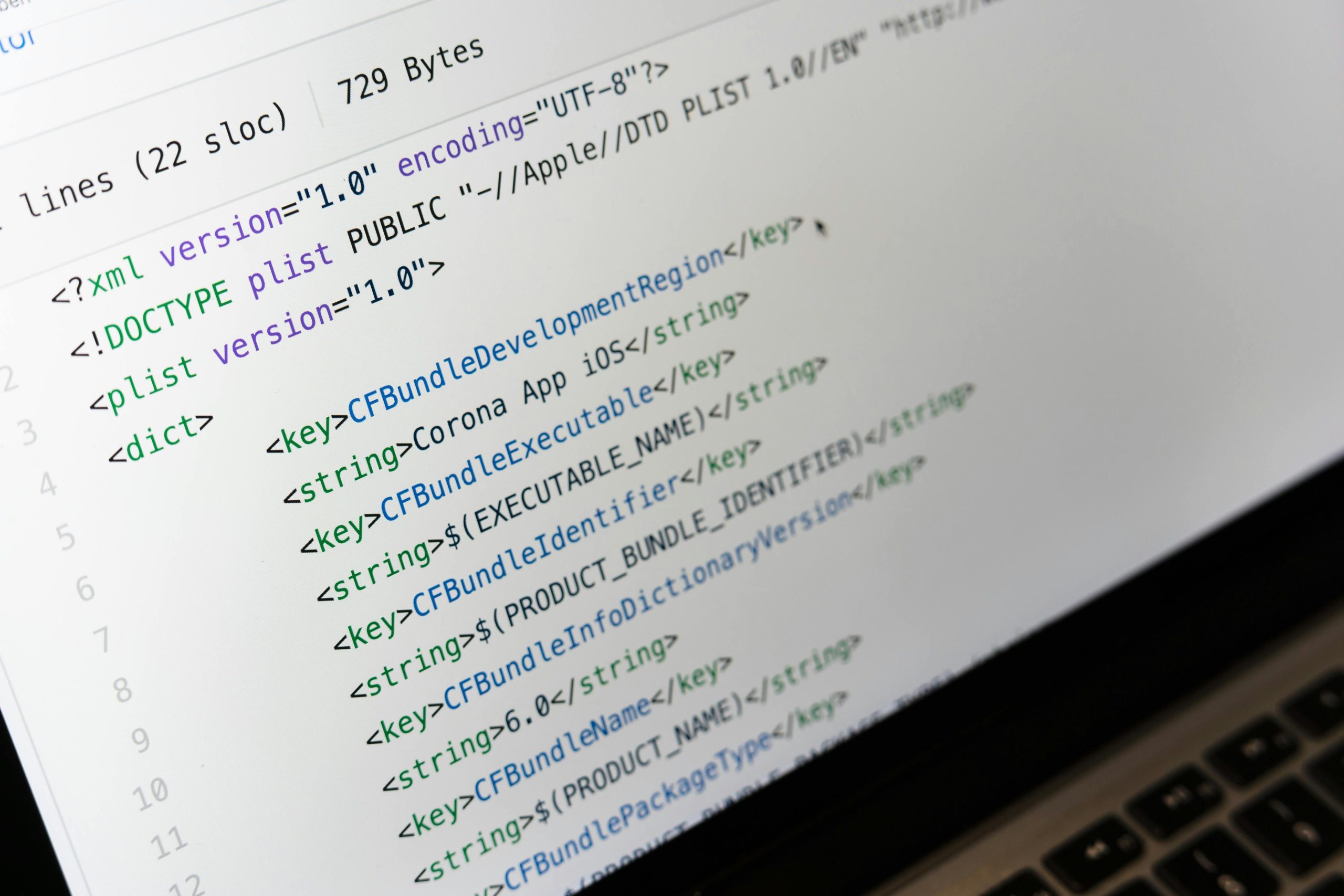Understanding the Balance: Technical Debt vs. Premature Optimization in Development
In the realm of software development, striking the right balance between delivering a functional product and maintaining long-term code health is a nuanced challenge. Developers often grapple with the question: At what point does focusing on rapid deployment give way to accumulating technical debt? Conversely, when does efforts to optimize prematurely hinder progress and delay delivery?
The tension between these two priorities—completing projects efficiently and ensuring sustainable code—raises a fundamental issue for teams across all levels of expertise. While the boundary may differ based on project scope, team size, and organizational goals, establishing a personal and team-wide threshold is essential.
Some practitioners advocate for swift implementation, emphasizing getting features out to users quickly to gather feedback and iterate rapidly. Others caution against neglecting code quality early on, warning that accruing technical debt can lead to costly refactors and reduced maintainability over time. On the flip side, over-optimization or obsessing over perfect architecture before release can stall progress and hinder responsiveness.
Ultimately, understanding where to draw the line requires thoughtful judgment and clear communication within development teams. It’s about finding the sweet spot that allows for timely delivery without compromising future scalability and maintainability.
How do you determine your own boundary? Do you prioritize speed, or do you focus heavily on technical excellence from the start? Reflecting on this balance is vital to fostering sustainable growth and delivering high-quality software products.

